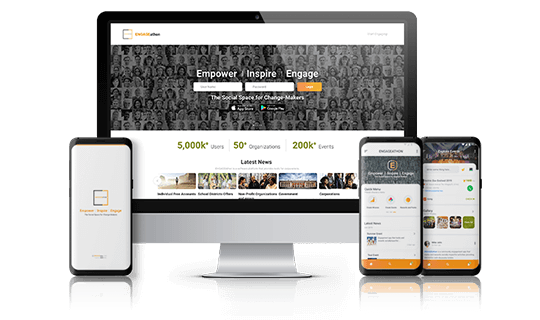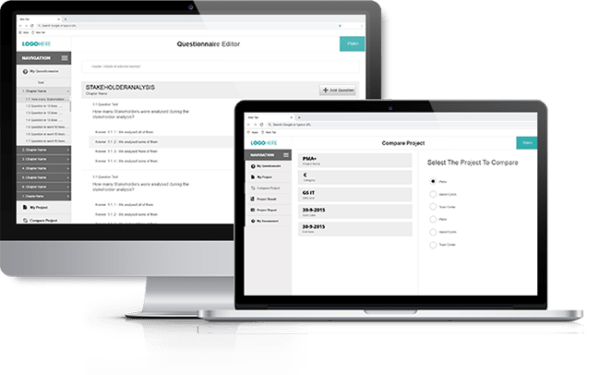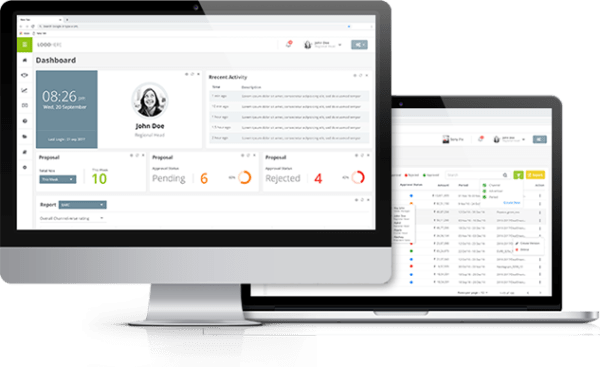An iterative method for the design phase of an app or website is called rapid prototyping. Using frequently updated prototypes and numerous brief cycles, the goal is to swiftly enhance the design and its functionality. Resolving typical design difficulties before the start of product development speeds up the time to market for firms and focuses development on the needs of the end user.
Rapid prototyping can be used in conjunction with an agile methodology, although it is typically connected with the Rapid Application Development (RAD) methodology in the context of software development. Sometimes the finished product is a brand-new one. Success is often determined, nevertheless, by a better user interface, a smoother user experience, and other obvious upgrades to the product at hand.
Perfectionism Doesn’t Fit into Rapid Prototyping
Rapid prototyping has been heavily criticized since it might result in countless updates that increase the length of the development process. Instead of being the outcome of a concept issue, this frequently happens because of the team mismanaging the process.
To prevent needless delays, there should first be a tight cut-off for development. Contrary to the aerospace or automotive industries—more traditional contexts for fast prototyping—the absence of regulatory barriers and unmistakable end products can obscure the process’s conclusion.
Second, gaining feedback on important design decisions is what rapid prototyping is all about—not getting every little thing or component of the prototype just right. The result is not the prototype. Rapid prototyping should shorten rather than lengthen the development process when applied properly.
Why should software developers use rapid prototyping?
Let’s explore how rapid prototyping can benefit any software developer. Note that this list isn’t exhaustive, and the development scale strongly varies.
-
Prevents project delays and overruns
Later-stage re-engineering of software architecture results in enormous expenses and timetable delays. By tying up any loose ends early on, you can cut down on both labour expenses overall and time to market.
-
Focuses on client-centred situations
Everybody has prejudice and is susceptible to cognitive distortion. Software engineers’ final products depart from what was intended to be a successful app or user-friendly interface when they begin to guess rather than discuss specifics with clients.
-
Less defects are present
It results from a shift in perspective brought about by the application of prototyping techniques. Rapid prototyping at the beginning of the process causes the defect density to drop on average by practically a factor of two, according to the experience of real-life development teams.
-
Learns more with less effort
Long research and strategy sessions are not necessary. Even in a short amount of time, taking notes on what you are learning during a prototype process and paying attention to details yields priceless information.
-
The attitude of traditional problem-solving is revived
Traditional problem-solving contrasts with rapid prototyping. The latter suggests discussing potential solutions for a stated problem apart from the stakeholders who are experiencing it. Discussions result in an assumed solution. When all the work, money, and time are spent, the market determines whether the presumptive answer is successful or not. It’s comparable to tossing a pricey coin in the hopes of landing on heads.
A Final Note
The rapid prototyping approach also removes obstacles to communication and fills in any gaps since it encourages externalized thinking. This makes ensuring the product team’s vision is delivered by the development team. Additionally, it increases overall product development efficiency and ensures that paying consumers and prospects are presented with the greatest product.
The best developers at Zinemind are focused on assisting businesses in creating and commercializing great products. More than just developers, our team members are experts that collaborate to offer a tailored solution expertly crafted to meet your unique goals.













